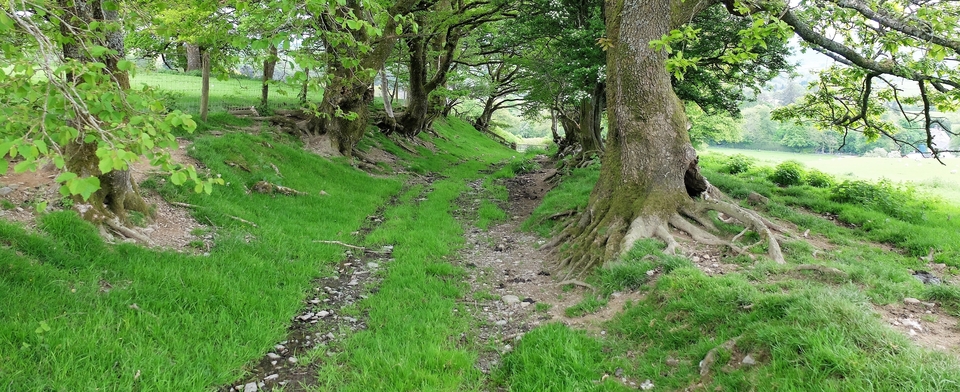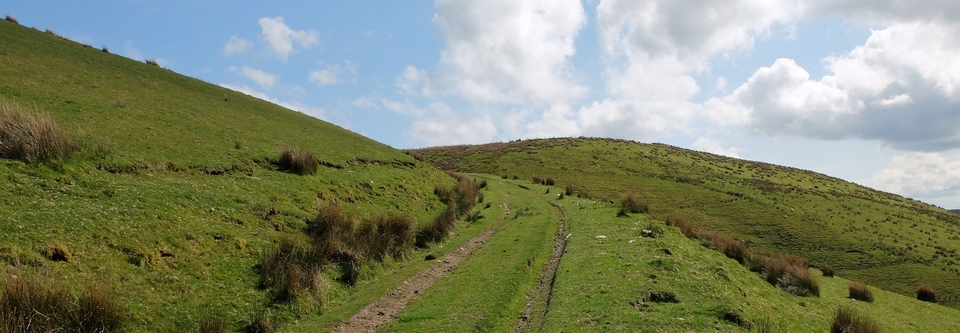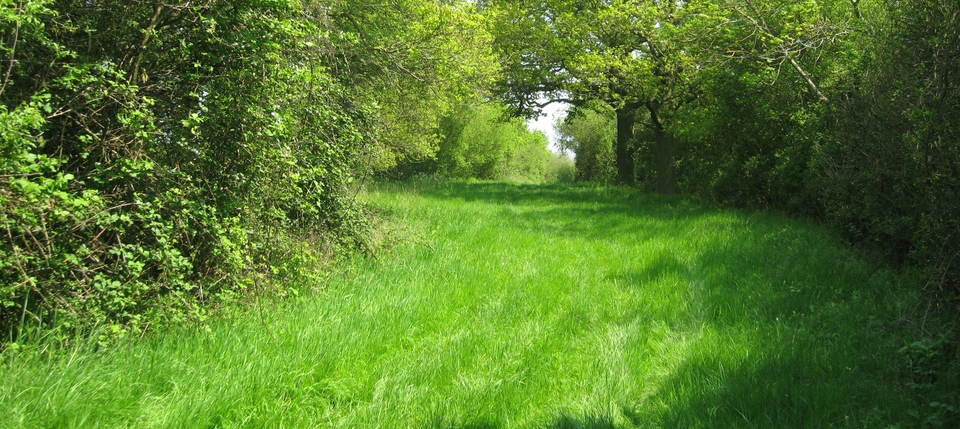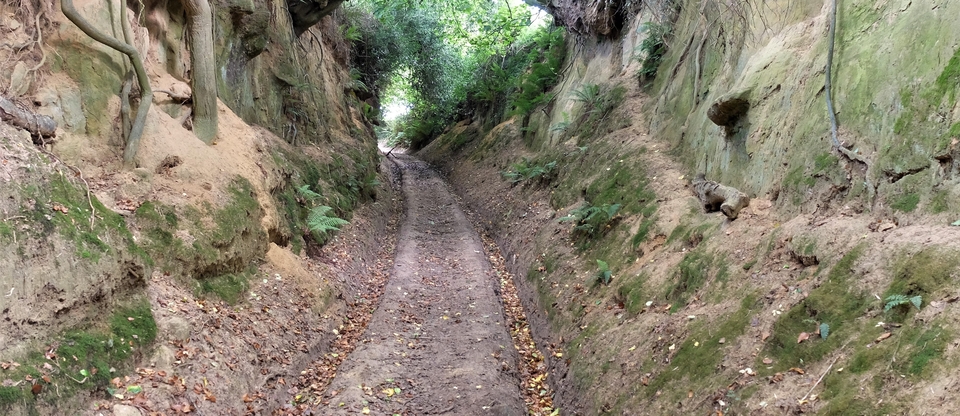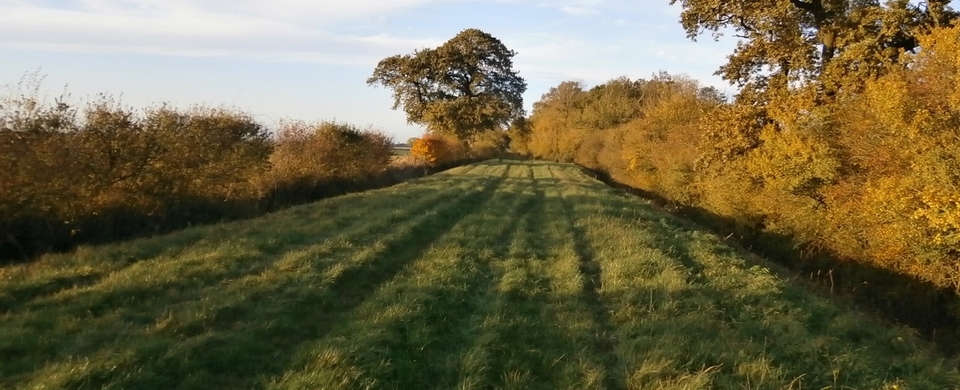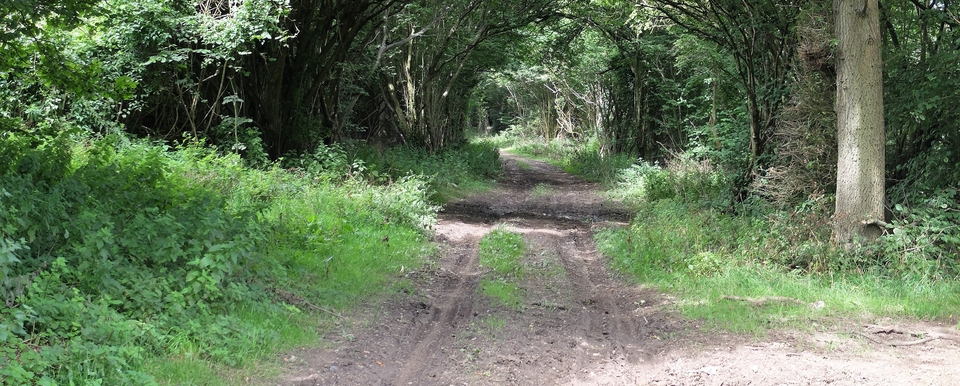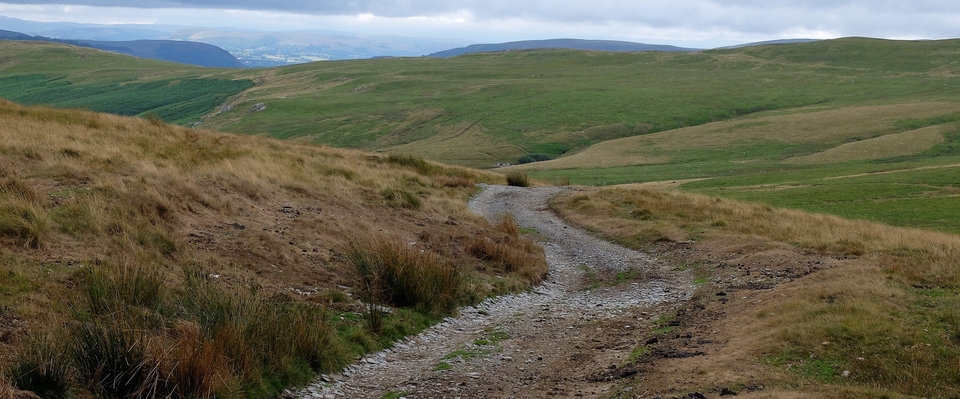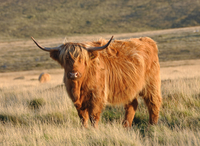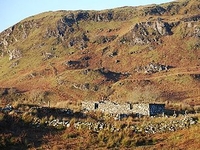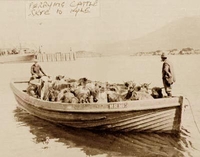The Cattle
It is hard to believe that the Highlands could ever have supported cattle in large numbers: the sheep that have replaced them (I was told by a farmer) need 10 acres each to last the winter...
But cattle survived, despite overstocking by the clans, whose chiefs wanted as many tenants on their land as possible: each tenant was a potential soldier1.
Winter starvation obviously resulted in slow growth, made slower by the constant bleeding of the beasts to make black pudding. So, few were strong enough for the drove before the age of four.
In summer the cattle were taken to higher ground, where the clansmen built shielings (see #2). All were milked for their butter and cheese; pregnant cows too, whose calves were thus “only fit for soup”. However, by the end of summer the beef was unbelievably succulent, the result of months of starvation. Fresh meat on old bones...
They “took to the water like spaniels”2 so swimming the straits between Skye and the mainland was usually straightforward. Sometimes, however, young calves were ferried across to bring the mothers after them with their pitiful howls.
(Interestingly, Highland Cattle were originally black; then a deviant brown strain from Glen Lyon, the longest enclosed glen in Scotland, became dominant.)
1 300 years ago the population of the Highlands was five times what it is today.
2 Edmund Burt's Letters from the North of Scotland (pub. 1754).
